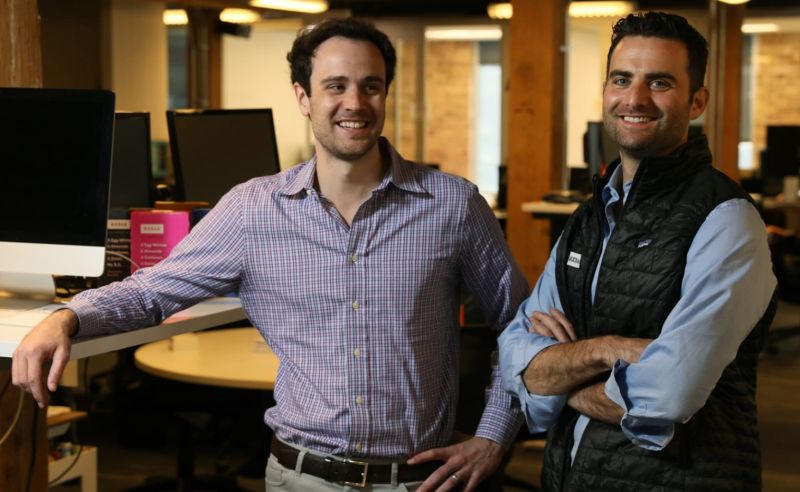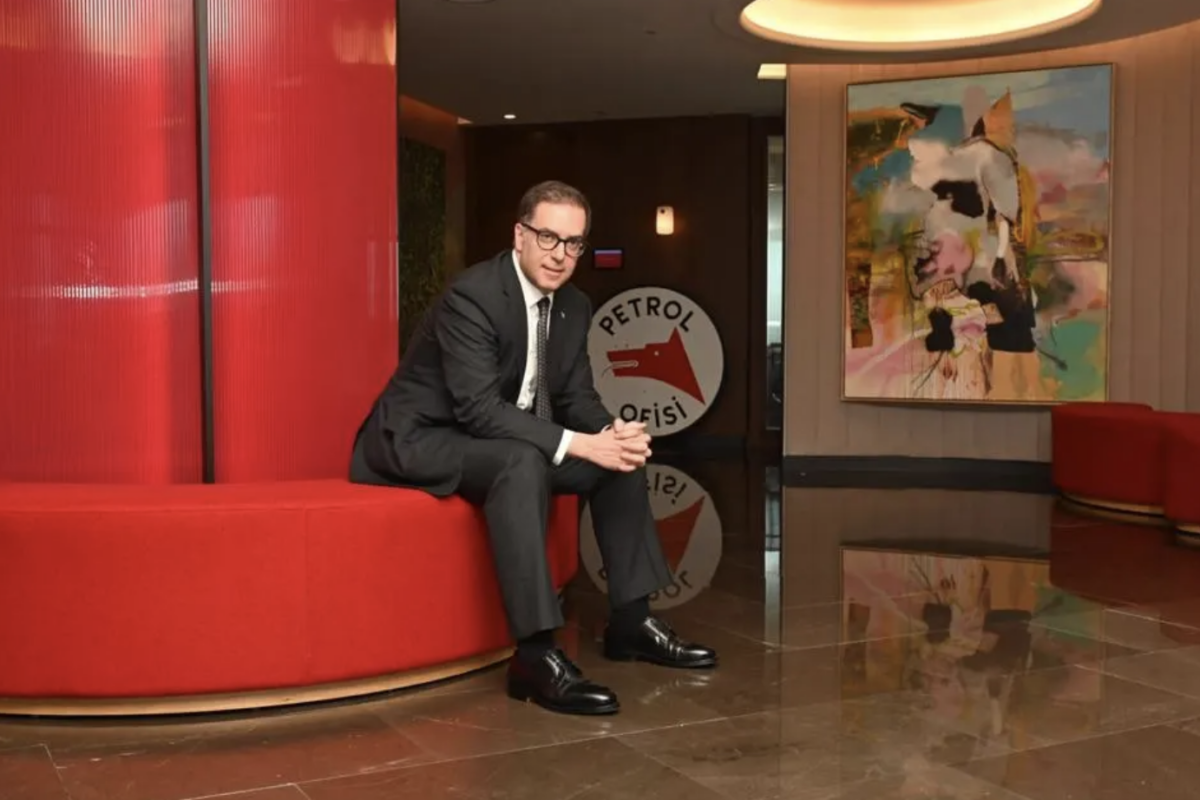When the economy starts up post-coronavirus, many brands will need to be reenergized. Plan now for post-coronavirus revitalization. According to consultancy McKinsey (“How marketing leaders can both manage the coronavirus crisis and plan for the future”), “In a crisis, it’s natural to focus only on the near-term business results and adopt a pure survival strategy. But that could mean winning the battle but losing the war.”
For the short-term, there are several ongoing, must-do actions for brands.
Continue to speak to your loyalists. You need those customers who love the brand. Before spending resources on attracting new customers, the first priority is to focus on the customers who have favored your brand in the past.
Continue to communicate. Going dark may save resources, but while you are silent, another brand is stepping into the breach of your abandonment. Data from McKinsey show that those enterprises surviving after a crisis were those that “kept communicating with customers through the downturn.” Advertising Age came to the same conclusion in the article, “History shows marketers who keep spending during downturns fare much better.”
Continue to generate new ideas, supporting innovation and renovation. Consultancy BCG’s (Boston Consulting Group) analyses show that “In recessions and downturns, 14% of companies outperform both historically and competitively because they invest in new growth areas.”
Prepare now for a post-corona future. Below are Six Rules for brand revitalization. Leaving this strategic thinking and planning until the last minute will cause both a loss of valuable time and loss of your competitive edge.
Rule 1. Refocus The Enterprise
Right now the enterprise is focused on the here and now. After the virus, refocus the enterprise around the basic, common goals. Internal challenges come first. Employees will want to know what is going on and what will happen to them. Employees do not mind refocusing, especially when the enterprise is in flux, is on a downturn or is coming out of a crisis. But, employees do expect to know in what direction they are rowing and to what destination they are headed.
Luke Saunders, founder of Farmer’s Fridge, fresh food vending machines replenished several times a day (“smoked cheddar Cobb Salad, pesto pasta bowls with chopped spinach and mozzarella pearls, chipotle turkey sandwiches” and more) at nearly 100 hospitals across the country, is already focusing on the future potential for contactless food offerings. In an interview with Bloomberg, Mr. Saunders said that he and his team are currently ideating about what the world will look like for the next year or two and how Farmer’s Fresh can leverage its brand.
Rule 2. Restore Brand Relevance
Remaining relevant is critical to a brand’s health. A crisis such as the coronavirus turns relevance on its head. Relevance is a key driver of purchase intent. A brand is relevant if it is perceived to be addressing current customer needs and problems. Restoring relevance requires allocating resources to 1) a thorough knowledge of the current marketplace, 2) needs-based occasion-driven market segmentation and 3) revitalizing the brand’s promise – major shifts in consumer behavior may mean a serious review of the brand’s relevant differentiated benefits. The world will be different. What will make a brand relevant tomorrow will likely change. There will likely be an increased focus on health and safety. People will be more comfortable with communicating and working in a virtual world. Business travel may decline as virtual meetings become common.
Hal Lawton, CEO of Tractor Supply Co. told The Wall Street Journal that altered customer behavior is already changing their strategic plans. Tractor Supply customers are adopting technology (e-commerce, mobile and contactless payment) more quickly than previously thought, at least two to three years ahead of what the company expected. Mr. Lawton says this is already altering plans for the capabilities of future Tractor Supply Co. stores.
Rule 3. Reinvent The Brand Experience
A brand is a promise of relevant and differentiated trustworthy experience. Reinventing the Brand Experience requires investment into 1) innovation and renovation; 2) marketing; 3) growing the brand’s Trustworthy Brand Value Equation. (A brand’s Trustworthy Brand Value Equation is the mental calculation of what one gets [functional, emotional, and social benefits] relative to what one pays [the costs to the customer in terms of money, time and effort] multiplied by trust.); 4) ensuring the brand is perceived to be a fair value (fairness is more than mere price; fairness contains justice. Justice means that the benefits-per-costs equation is equitable, dependable, fair.).
The executive vice president and chief brand officer at restaurant chain Denny’s told Nat Ives of The Wall Street Journal that Denny’s is hoping to introduce home meal kits soon, an added change from the current take-home meals currently being sold. In addition, the brand is selling family size portions of favorite meals such as its Grand Slam breakfast. Feeding families at home is a new focus for the brand.
Rule 4. Reinforce A Results Culture
A results culture evaluates progress based on producing measurable results leading to high quality revenue growth. A results culture rests on measurable milestones and rewarding people based on performance where progress is tracked in a Balanced Brand-Business Scorecard. People manage what management measures, recognizes and rewards. A Balanced Brand-Business Scorecard evaluates whether the right people are producing the right results in the right way to meet the right goals.
Boeing’s Board of Director was criticized for promising its new chief executive a $7 million bonus if he got the 737 Max flying this year. Although the result would be excellent for Boeing, the reward was perceived as tainted since it could compromise safety. Rewards must be aligned with all results across the enterprise.
Rule 5. Rebuild Brand Trust
Trust is a precious asset for institutions and brands. Unfortunately, trust in institutions – governments, universities, religions and businesses, as well as trust in experts and celebrities, continues to decline. Building trust as a source of organizational wealth – Trust Capital – is an important driver for enduring, profitable growth. Creating Trust Capital allows a company or a brand to generate a trust reserve that helps through crises of brand or corporate character. A trust reserve of Trust Capital builds strong relationships over time. Brands that focused on building trust and generating trust capital prior to the coronavirus have a head start in post-crisis brand revitalization.
According to Barron’s, the financial weekly from Dow Jones, consumers are “…looking to peers and corporations to provide leadership and visible solutions” as opposed to post-9/11 when the government stepped into the role of trusted leader with the solution of the Transportation Security Administration (TSA). This is an amazing opportunity for brands.
Rule 6. Realize Organizational Alignment
Alignment means everyone is working together toward the same destination, the same view as to where the brand is headed, the same brand goals, the same common definitions, the same priorities and the same common metrics. Aligning the enterprise requires enterprise-wide commitment to a common ambition and strategy for achieving that ambition.
The CEO of IAC/InterActiveCorp (Angie’s List, Match Group including Match, Tinder and OK Cupid, Vimeo), Joey Levin speaking with The Wall Street Journal, said that its small new business NurseFly was overwhelmed. NurseFly matches nurses looking for work with those hiring for hospitals or other healthcare facilities. Since some of IAC’s other businesses were slow, the lead recruiter for IAC aligned all the other IAC recruiters around, “Let’s build these NurseFly jobs as quickly as possible.” Mr. Levin continued, “Overnight, NurseFly had as many recruiters as it had employees, who are trying to fill jobs at NurseFly now.”
Powerful alignment requires sharing of information across the organization, across geography, across functions. BCG reports the idea of sharing information is a way to generate “collective imagination” essential for innovation and renovation. The chairman of LEGO Group believes that this has been key for LEGO’s creativity.
Most agree that the world will be altered post-coronavirus. This means that right now brand-business enterprises should be strategically planning their revitalizations to match and satisfy rearranged customer needs, habits and new customer problems. The Six Rules for Brand Revitalization are a helpful guide for brand-business enterprises to plan now in order to have a platform to succeed while coping with a new brand-business world order.
Contributed to Branding Strategy Insider by: Larry Light, CEO of Arcature
At The Blake Project we are helping clients from around the world, in all stages of development, redefine and articulate what makes them competitive at critical moments of change through online strategy workshops. Please email us for more.
Branding Strategy Insider is a service of The Blake Project: A strategic brand consultancy specializing in Brand Research, Brand Strategy, Brand Growth and Brand Education




